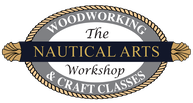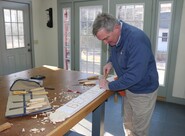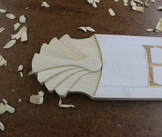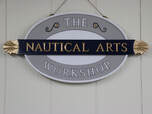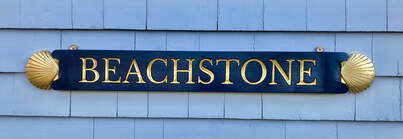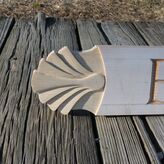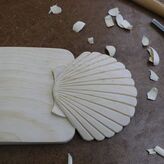- Home
- ABOUT
- 2024 CLASS CALENDAR
-
CLASS PROJECTS
- ADIRONDACK CHAIRS
- BENTWOOD DITTY BOXES
- CHRISTENING / KEEPING BOX
- COD FISH
- CUTTING BOARDS, SERVING BOARDS & SPOONS
- DITTY BOX
- DORY WINDOW BOX
- EAGLE
- FISHTAIL WINE & BEER CADDY'S
- HALF-HULL MODELS
- LOBSTER BUOY BIRD HOUSE
- NAMEBOARDS
- NANTUCKET BASKETS & BRACELETS
- PINEAPPLE
- ROPE GROMMET WREATHS
- SCRIMSHAW RACKS
- SEA CHEST
- SIDE TABLES
- SHIP CARPENTER'S CHEST
- SMALL SEA CHEST
- TREASURE CHEST
- WHIRLIGIGS & WEATHERVANES
- PRIVATE INSTRUCTION
- SHIP'S STORE
- REGISTRATION
- CONTACT
- Home
- ABOUT
- 2024 CLASS CALENDAR
-
CLASS PROJECTS
- ADIRONDACK CHAIRS
- BENTWOOD DITTY BOXES
- CHRISTENING / KEEPING BOX
- COD FISH
- CUTTING BOARDS, SERVING BOARDS & SPOONS
- DITTY BOX
- DORY WINDOW BOX
- EAGLE
- FISHTAIL WINE & BEER CADDY'S
- HALF-HULL MODELS
- LOBSTER BUOY BIRD HOUSE
- NAMEBOARDS
- NANTUCKET BASKETS & BRACELETS
- PINEAPPLE
- ROPE GROMMET WREATHS
- SCRIMSHAW RACKS
- SEA CHEST
- SIDE TABLES
- SHIP CARPENTER'S CHEST
- SMALL SEA CHEST
- TREASURE CHEST
- WHIRLIGIGS & WEATHERVANES
- PRIVATE INSTRUCTION
- SHIP'S STORE
- REGISTRATION
- CONTACT
